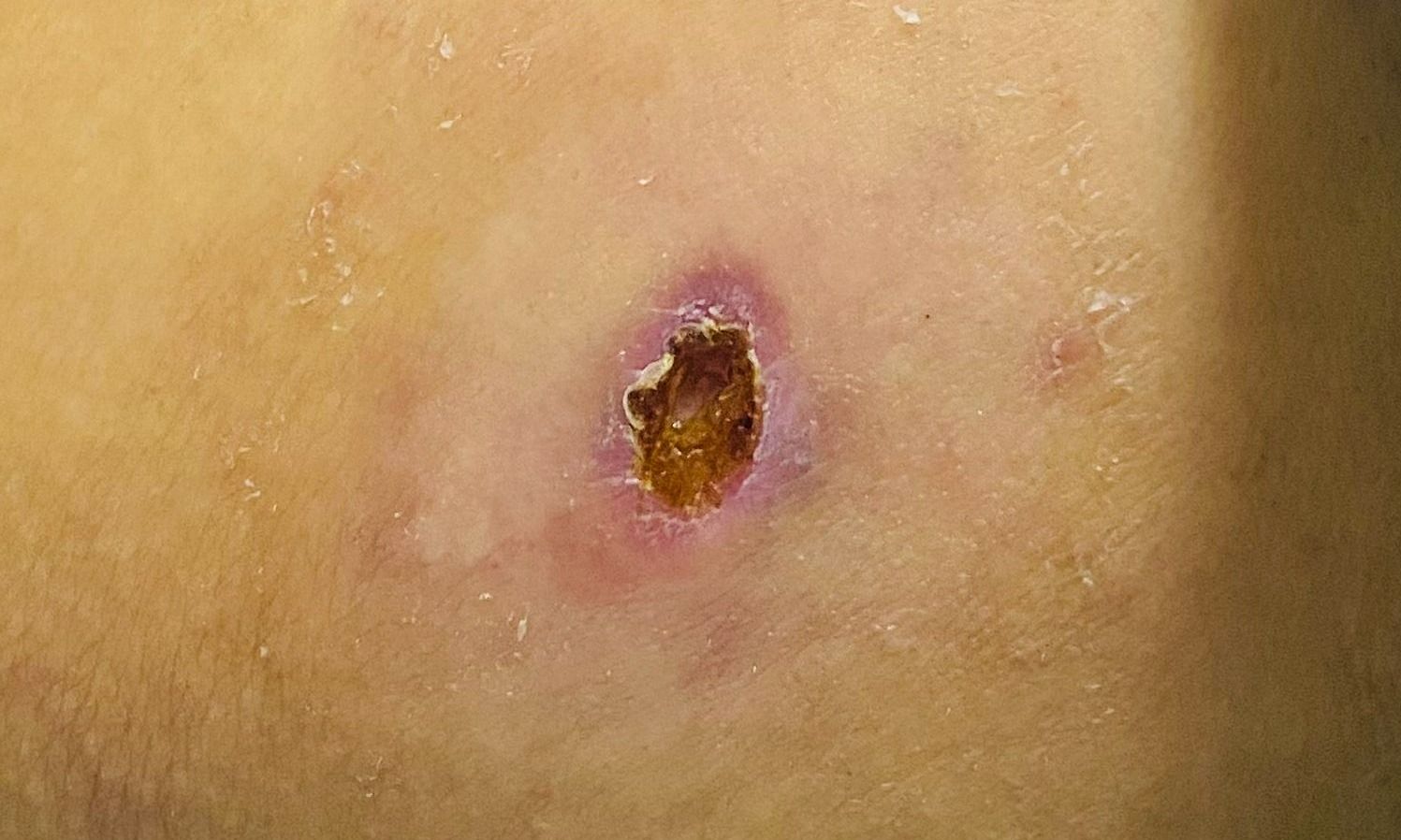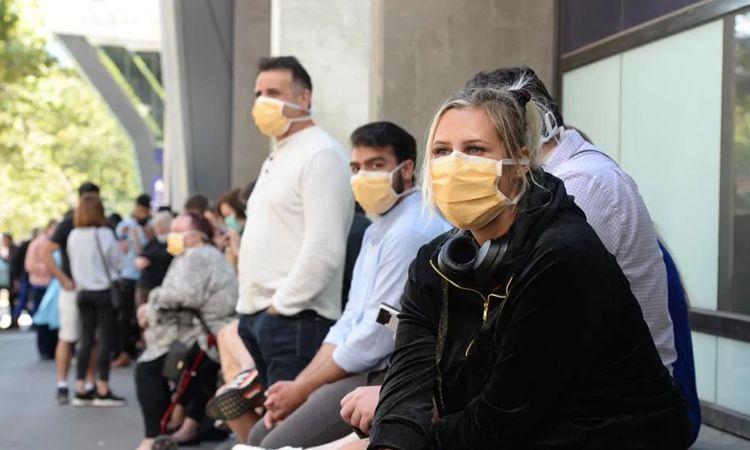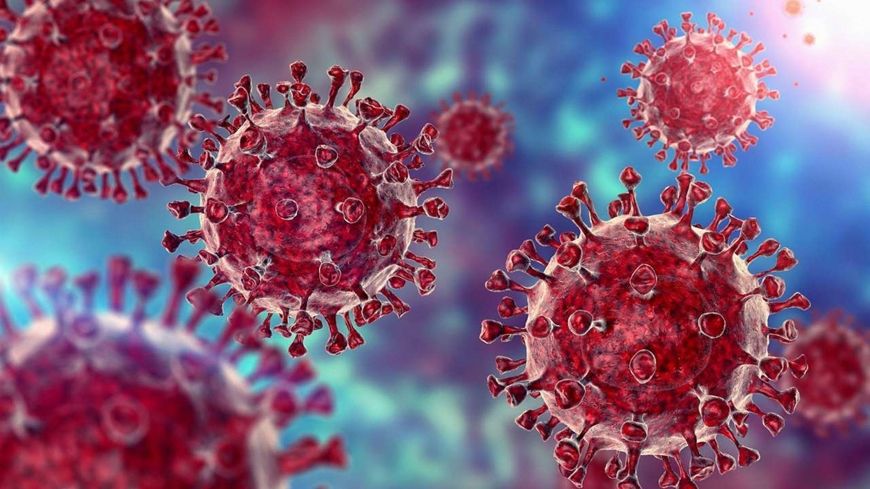Dry eye syndrome
Dry eyes make patients uncomfortable, and if the condition lasts for a long time, it can cause corneal damage.
This article is expertly advised by Dr. Bui Thi Yen Nhi, Ho Chi Minh City University of Medicine and Pharmacy Hospital - Campus 3.
Define
Dry eye syndrome, also known as Keratoconjunctivitis Sicca - KCS. The Tear Film and Surface Society (TFOS) defines dry eye as a multifactorial disease of the ocular surface, characterized by loss of tear film homeostasis, accompanied by ocular symptoms. Tear film instability and sensory neuron abnormalities increase osmotic pressure, inflammation, and damage to the ocular surface.
Reason
Potential causes and factors associated with dry eye syndrome include:
- Medicine.
* Antihistamines, antihypertensives, anxiolytics/benzodiazepines, diuretics, systemic hormones, nonsteroidal anti-inflammatory drugs (NSAIDs), systemic or inhaled corticosteroids, anticholinergics, isotretinoin (causing meibomian gland atrophy) and antidepressants.
* Topical medications such as glaucoma drops or toxicity from eye drops containing preservatives.
- Skin diseases on or around the eyelids such as rosacea or eczema.
- Meibomian gland dysfunction is a common comorbidity with thickening, erythema of the eyelids, and inadequate or altered secretions of the meibomian glands.
- Ophthalmic surgery, including refractive surgery, cataract surgery, corneal transplant and blepharoplasty.
- Chemical or thermal burns cause conjunctival scarring.
- Allergies in the eyes.
- Using computers or electronic devices too much, leading to reduced blinking when looking at the screen.
- Excess or deficiency of vitamins, especially vitamin A deficiency, leads to corneal degeneration due to lack of nutrition.
- Reduced corneal sensation due to wearing contact lenses for a long time, herpes virus infection or other causes of corneal nerve dystrophy.
- Systemic diseases include Sjogren's syndrome and other autoimmune or connective tissue disorders such as rheumatoid arthritis, lupus, thyroid disease, diabetes...
- Environmental factors such as exposure to irritants (chemical fumes, cigarette smoke, pollution or low humidity...).
Classify
- Dry eye syndrome is divided into two types:
* Less tear production.
* Excessive tear evaporation.
- In fact, these two types are not mutually exclusive, many patients experience both conditions.
Symptom
- Stinging, burning, dry or pressure feeling in the eyes.
- Feeling of sand, grit or foreign objects.
- Often tearful, this is an opposite symptom. Dryness and pain cause an irritating reflex to secrete more to reduce the dryness of the ocular surface. Water is supplemented, but the eyes are not supplemented with lipids or mucus, so they are still dry.
- Pain can be described as sharp and dull, localized to certain parts of the eye, behind the eye rim or even around the eye socket.
Red eyes are very common and are often made worse by the restorative effects of vasoconstrictors found in many over-the-counter eye drops used to reduce red eyes.
- Blurred vision, especially intermittent blurred vision, is also a common condition, described as glare or halos like lights at night.
- Feeling of heavy eyelids or difficulty opening eyes when waking up.
- Tired eyes, get tired quickly in a short time.
Diagnose
Symptoms are quite diverse and inconsistent in the medical history of different patients. Therefore, your doctor will use a questionnaire to screen for symptoms of dry eye disease.
Questionnaire as a screening tool, monitoring progress and response to treatments. Some questionnaires used to evaluate dry eye symptoms include Ocular Surface Disease Index (OSDI), Dry Eye Questionnaire (DEQ-5) and Symptoms Analysis in Dry Eye (SANDE)...
Treatment
- Treatment of dry eye syndrome is carried out in a stepwise approach, depending on the severity of the disease.
- Initial approaches include:
* Education about the condition, environmental changes (eliminating dry air, direct fans, reducing screen time, humidifiers).
* Identify and eliminate local and systemic pathogens.
The next step of treatment options include:
* Preservative-free eye lubricant, ointment or anti-moisture lenses at night.
* High-intensity pulsed light therapy.
* Topical anti-inflammatory drugs (corticosteroids, cyclosporin, lifesitegrast).
* Oral antibiotics (macrolide or tetracycline).
- In addition, you can use artificial tears, oral or topical tear stimulants, and Punctal surgery (closing the first part of the tear duct to keep facial tears longer).
- Oriental medicine treatment:
* Acupuncture.
* Acupressure massage.
* Drug.
* Eye steaming.
Prevent
- Pay attention to living and working habits, nutrition, drink enough water, eat lots of green vegetables and fruits to supplement vitamins to improve dry eyes.
- Prolonged dry eyes can cause corneal damage. Therefore, when you feel dry like there is sand or foreign objects in your eyes, have eye pain, burning eyes and produce more tears than usual, you need to see a doctor for timely examination and treatment.
* SOURCE: https://vnexpress.net/hoi-chung-kho-mat-4678251.html









 Facebook
Facebook
 Tweet
Tweet
 Zalo
Zalo







 News
News

















 Sign in with Facebook
Sign in with Facebook
 Sign in with Google
Sign in with Google